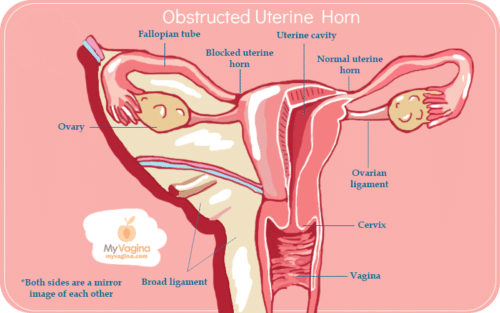SSRI antidepressants and pregnancy – is it safe?
We review the evidence regarding SSRI use during pregnancy, and whether it increases the risks of malformations in your baby.
Gestational diabetes – what you should know
We run you through type II diabetes during pregnancy. Gestational diabetes can cause some serious problems for mother and baby, requiring monitoring.
How babies are made
We explain in plain English how an egg and sperm turns into a baby, and how that all goes down inside our bodies. Important to know if you are wondering how you can get pregnant!
46,XX testicular difference of sexual development (DSD)
Folks with the 46,XX testicular difference of sexual development (DSD) are genetically female, but look (and feel) like males in every other way.
46,XX ovotesticular difference of sexual development (DSD)
The 46,XX ovotesticular genetic make-up means both ovarian and testicular tissue is present.
Turner syndrome
Turner syndrome is what life looks like with a missing X chromosome, in women. Turner syndrome is only found in females, with just one copy of the X chromosome present. Diagnosis might be made late, at puberty, when events don't pan out like they were expected to.
Obstructed uterine horn
An obstructed uterine horn is an anatomical abnormality whereby the uterus is not connected properly with the fallopian tubes.
Kallmann syndrome
Kallmann syndrome is a genetic disorder characterised by lessened or no sense of smell and late/no puberty. Girls with Kallmann syndrome may fail to get their period and have very small breasts, with both boys and girls with this condition likely to have other abnormalities present.
Persistent mullerian duct syndrome (PMDS)
PMDS is a disorder of sexual development that only affects males, but results in a person having a uterus and fallopian tubes. This ducting is present because of a failure for the mullerian ducts to transform under the influence of an enzyme.
Uterus didelphys
A double uterus usually also means a double cervix and a double vagina - but not always.
Cervical stenosis
Cervical stenosis is the narrowing - for whatever reason - of the cervix, the neck of tissue that joins the vagina and uterus. A narrow cervix can create a few issues with in-and-out flow between the uterus and the vagina, including sperm, periods and babies.
Swyer syndrome (XY gonadal dysgenesis, XY female)
Swyer syndrome means you are a chromosomal male (46, XY), but - aside from ovaries - the rest of you is 100% woman. This means you look and feel just like a woman, but your chromosomes say you are a man.
MRKH syndrome
MRKH syndrome is a congenital abnormality, whereby the uterus, top part of the vagina, and cervix do not exist or are very small. Ovaries are usually normal, since the ovaries run off a different system.
5-alpha-reductase deficiency (5 ARD)
5 ARD is a genetic blip that blocks the conversion of testosterone to dihydrotestosterone (DHT) in a growing foetus. DHT is required for the penis and testicles to develop in a male foetus, resulting in ambiguous genitalia. People with 5 ARD may be brought up as girls or boys.
Variations in genitalia
Variations in genitalia can be seen on a new baby that don't match either a typical boy or girl, requiring further investigations.
Gartner’s duct cysts
Gartner's duct cysts are caused by a duct that should no longer exist after we are born, that causes a cyst to develop inside the vagina.
Ureterocele
Ureteroceles are a birth defect affecting the ureters, resulting in problems with urine flow. The connection point of the bladder and lower ureters becomes swollen, and urine flow is blocked, causing the ureters to expand like a water balloon.
Vaginal atresia
Vaginal atresia is where the vagina is closed off or doesn't exist, with four common reasons why this might happen. Atresia means narrowing of a body cavity or passage.



